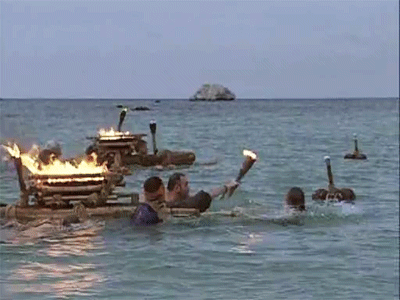
Posted on 12/24/2016 9:29:43 AM PST by BenLurkin
University of Copenhagen researchers Eske Willerslev, Mikkel Pedersen, and their colleagues found that this harsh route only became viable for human migration 12,600 years ago—when the first plants and animals showed up in the region. Meanwhile, archaeologists have ample evidence that people were living in the Americas long before then.
“We know conclusively that human groups were in the interior before that date—perhaps as early as 15,000 calibrated radiocarbon years before present—so it is highly unlikely that they came south through the corridor,” said Michael O’Brien, an anthropologist and current academic vice president of Texas A&M University–San Antonio, who wasn’t involved in the study. “A more likely scenario is that they came south along the Pacific coast.”
For the study, Pedersen and colleagues drilled sediment cores from beneath the frozen surface of two lakes in western Canada: Charlie Lake and Spring Lake. These were among the last areas to lose their ice cover when the two huge ice sheets that blanketed the region (the Laurentide and Cordilleran ice sheets) split during the end of the last glacial maximum, around 15,000 years ago. The retreating ice opened up a path some 1500 kilometers long into the interior of North America.
...
The results of the study suggest the route was only usable between 12,600 and 10,000 years ago. This narrow window is too late to match with the once-prevailing “Clovis First” hypothesis...
Recently, several before-Clovis sites have been discovered in the Americas. Fossilized feces more than 14,000 years old have been found in Oregon’s Paisley Caves. Stone tools alongside mastodon bones in Florida were recently found to be 14,550 years old. And much further away from northwestern Canada, in southern Chile, humans inhabited Monte Verde at least 14,000 years ago (and possibly even earlier).
(Excerpt) Read more at mentalfloss.com ...
The People got here by boat—Its all explained in the Book of Mormon. And their were waves of people. Only a few came via the land bridge.
You are not alone in having that opinion. There's an undercurrent in the present dabate that is growing, that believes we don't know squat about ancient civilizations and population movements. As you noted, until we get to the old seacoast, all is just conjecture, much ado about nothing, books full of science fiction that earn PhD's for the dreamers.
This may happen quickly. I am so excited about undersea drones that can use swarm technology to map the sea bottom. We know more about Mars than we know what is below the waves. The Chinese grabbing our drone shows that we are moving ahead, and there are startups on YouTube making cheap drones. It is going to be exciting over the next few decades and a LOT of questions will be answered.
And Peleg was associated with the breakup of Pangaea, 250 million years ago? Don’t think so. You’re off by a few decimal points.

I don’t believe in the 250 million year figure. I believe the earth is only a few thousand years old.
Disclaimer: Opinions posted on Free Republic are those of the individual posters and do not necessarily represent the opinion of Free Republic or its management. All materials posted herein are protected by copyright law and the exemption for fair use of copyrighted works.